The majority of people we help install artificial grass are those who own dogs or for some other reason find that they need a more durable lawn than natural grass can offer. However, many Arizona residents also keep their artificial grass perfectly maintained without any pets in their homes for the purpose of saving money on their water bills. Since Arizona is one of the driest states in America, it makes sense to utilize artificial grass as a method to save water and conserve natural resources! 
Many customers ask about the effects of rain on fake grass, whether or not it can cause any damage. The truth is that whether or not rain affects artificial grass largely depends on how much time has passed from when the grass was installed up until it starts raining. In other words, if you install your fake turf last week and it begins raining this week then there should be no damage at all after the water has dried up. If it’s been several years that you have had your grass, then there is a chance that it might not withstand the rain very well.
They say that with most things in life if you want to know what will happen in the future you should look to the past for guidance. This actually holds true in this case too! The artificial grass used to be made solely out of polyethylene (PE). The problem was when artificial PE grass is exposed to an extreme amount of heat (such as during summer months when temperatures are way above normal) and/or is allowed to stay wet for long periods of time (like when it rains), then the material begins breaking down. Basically, artificial grass made from PE does not fare well in extreme weather conditions such as those found in the desert states of America (Arizona, California, New Mexico, and Nevada). Most of these states have a dry climate which can lead to high temperatures. In addition, many people who live in drought-stricken areas use artificial grass as a method to conserve water. It makes sense that if you want an outdoor lawn that is going to stay beautiful all year round then go for fake instead of real!
 After realizing this issue with PE-based fake grass, many companies started using nylon as a material because it holds up nicely under both heat and water. Many cities across Arizona offer ADA-compliant pathways exclusively out of synthetic turf that is made from nylon. It’s also important to note that not only are some artificial grasses made with nylon but there are many different types of artificial grass on the market today! For example, carpeting, berms, and shag are all types of synthetic turf.
After realizing this issue with PE-based fake grass, many companies started using nylon as a material because it holds up nicely under both heat and water. Many cities across Arizona offer ADA-compliant pathways exclusively out of synthetic turf that is made from nylon. It’s also important to note that not only are some artificial grasses made with nylon but there are many different types of artificial grass on the market today! For example, carpeting, berms, and shag are all types of synthetic turf.
Another factor is the amount of infill used in the fake grass. Infill refers to whatever substance is added to the fake grass so it does not lay completely flat against the ground. If you want your yard to be shorter than usual then infill will help create the effect you desire since it gives grass its bounce (how much energy is transferred back into whatever hits against it). Without infilling, most residential brands of artificial lawns would feel like walking on the beach (sand is another substance that doesn’t contain much infill). The problem then arises when people want to install artificial grass in Arizona and it starts to rain. At this point, the fake turf would absorb water and cause problems such as becoming discolored or even growing mildew! This is why we always recommend for our customers to use a high-quality infill material such as silica sand or rubber mulch so the outcome will be much better.
Schedule an appointment at (602) 691-5227.
https://hoa.com/pros/artificial-grass-masters/



